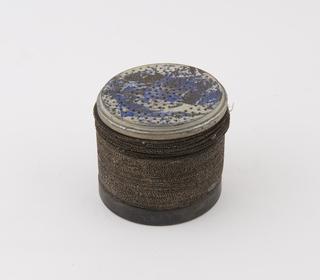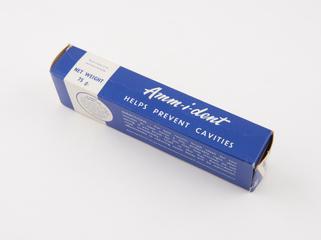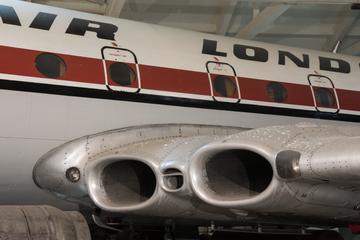
Component from the De Havilland spectre rocket engine (No. 13008)
1954-1958

1954-1958

2008


1960

1989

1989

circa 1959

circa 1949

1950-1970

1970-1970

1967-1975

1971-1978

1971

1989


1960
1935-1937
1934
1948
late 19th century
1948
1948
1948
1972
1974-1980
1968-1978
1954-1958
1954
1950-1970
1948
1948; 1920-1930
1948
1998
1968-1978
1965-1975
2000-09-19
1949